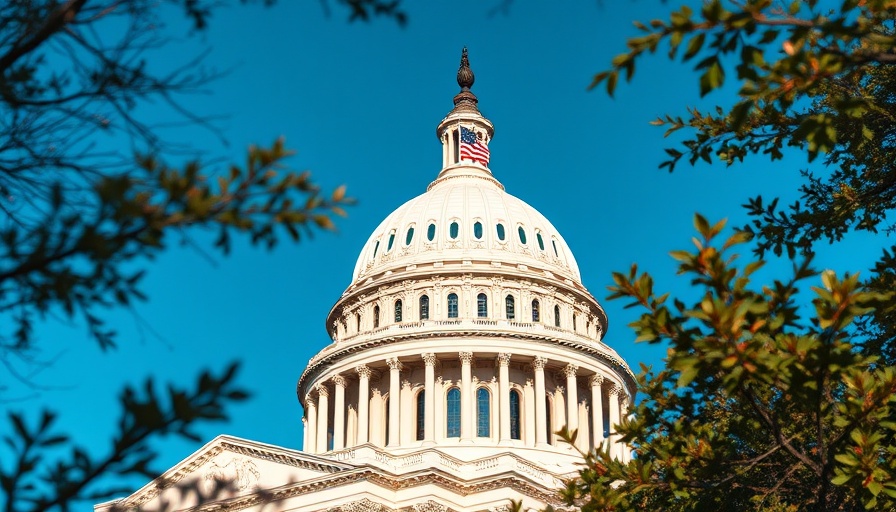
Arkansas Takes Bold Steps in Remote Work Taxation
In the wake of a changing employment landscape, where remote work has become the norm, Arkansas is poised for critical tax reforms aimed at simplifying conditions for non-resident workers. As it stands, the state has modernized its tax code over the last decade, yet challenges remain, particularly in the realm of taxation for those who only occasionally work in the Natural State.
Understanding the Proposed Changes
Representative David Ray has introduced HB 1116, the Remote and Mobile Work Modernization and Competitiveness Act, which seeks to revolutionize how Arkansas approaches non-resident income tax. The bill proposes to facilitate reciprocity agreements with other states, allowing workers to pay taxes only in their state of residence. This not only simplifies tax compliance but also encourages out-of-state talent to consider working in Arkansas.
Why These Changes Matter
The current structure can overwhelm remote workers who may only spend a day in Arkansas yet face potential tax liabilities. By proposing an income exemption threshold for the first $2,500 of Arkansas-sourced income, the bill alleviates some of this burden. Furthermore, the plan to exempt employers from withholding taxes for short-term work under 15 days aligns Arkansas with a growing trend across the nation.
The Broader Implications
As businesses increasingly hire talent from different states, these amendments reflect a broader national trend towards accommodating remote work. States with similar tax protocols have already seen a boost in their workforce, making adjustments to taxation critical for Arkansas’s competitiveness. The potential for these reforms highlights the importance of adaptability in economic policies.
How Arkansas Can Lead
Arkansas stands on the threshold of facilitating significant economic growth through these reforms. By adopting a more modernized and flexible tax system, it can not only attract more qualified candidates but also support existing businesses in a competitive hiring environment. If fully realized, these provisions could set the stage for Arkansas to emerge as a leader in the remote work economy.
 Add Row
Add Row  Add
Add 

 Add Row
Add Row  Add
Add 



Write A Comment